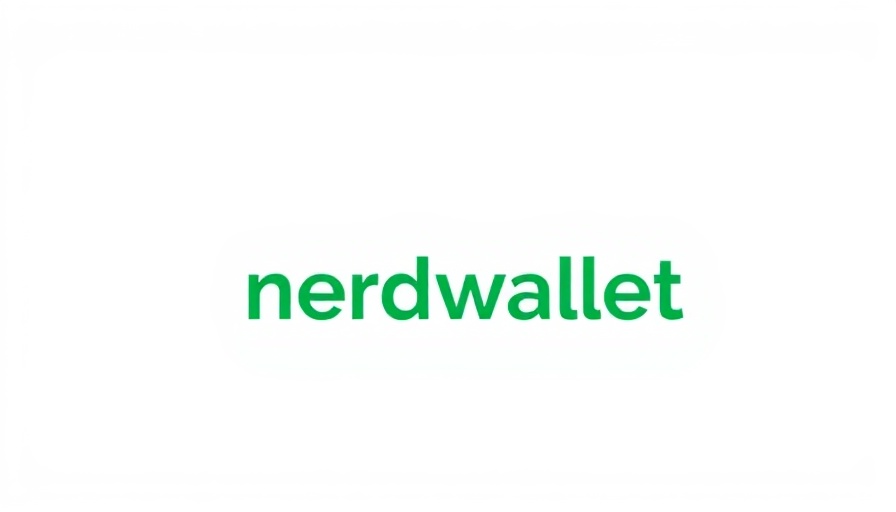
Mortgage Rates: A Snapshot of Stability
In the world of finance, mortgage rates can seem as fickle as the weather. However, the most recent data indicates a spell of stable mortgage rates, particularly for the 30-year fixed-rate mortgage, which has settled at approximately 6.76%. This slight decrease of one basis point reflects a period of relative calm following major economic announcements, specifically the recent announcement by President Trump regarding a 10% tariff on all imports.
The Influence of Tariffs on Mortgage Rates
While the immediate reaction to the tariff announcement was muted, the implications for mortgage rates could be profound. Although tariffs do not directly alter mortgage interest rates, they create a ripple effect that influences investor behavior in the bond market, which is closely linked to mortgage rates. Investors often react negatively to tariffs, fearing they might stifle growth or lead to inflation. This reaction can drive down long-term bond yields, which in turn tends to lower mortgage rates.
Understanding the Bond Market's Role
The bond market operates like a barometer for the economy; fluctuations in bond prices provide critical insights into investor sentiment. When tariffs raise concerns about slowing economic growth, investors may flock to safer assets like long-term bonds, driving prices up and yields down. Lower yields mean lower borrowing costs, making mortgages more accessible for potential homebuyers and small business owners seeking to invest in property.
A Historical Perspective on Mortgage Rates
Historically, we have observed that mortgage rates often respond to broader economic changes. Striking parallels can be drawn from past incidents like the financial crisis of 2008. During that period, low rates were provoked by economic instability caused by predatory lending practices and a collapsing housing bubble. Today’s environment of uncertainty created by tariffs and inflation echoes that cautionary tale, emphasizing the need for small business owners and entrepreneurs to stay attuned to mortgage trends.
Future Predictions: What Lies Ahead for Mortgage Rates?
Looking ahead, analysts suggest that mortgage rates could trend downward if inflation pressures ease and if economic conditions stabilize. The Federal Reserve's policies, including interest rate adjustments, play a pivotal role here. With inflation appearing to cool, there may be room for the Fed to take a more dovish stance, thus reducing the rates further. Small business owners should be prepared to seize opportunities presented by potentially lower borrowing costs, allowing for strategic expansion and investment.
Potential Risks for Business Managers
Conversely, an overly optimistic view could lead to unexpected risks. Should tariffs escalate or economic indicators worsen, we might witness an increase in rates instead. Business managers must weigh these factors seriously, considering how shifts in mortgage rates can impact cash flow and investment strategies. Creating contingency plans for fluctuating interest rates could offer a safety net during turbulent periods.
Decisions You Can Make Today
With the mortgage landscape poised for potential change, there are critical decisions small business owners and entrepreneurs can make now. Engaging with financial advisors to assess the timing of lock-ins on mortgage rates can lead to favorable outcomes. Moreover, enhancing one’s credit profile can secure better rates, increasing the capital available for business ventures amidst an evolving economic environment.
Conclusion: Anticipating Change in an Unstable Landscape
While the current mortgage rates are stable, the undercurrents of economic change suggest that business leaders must prepare for various scenarios. Engaging with the latest financial news and conducting thorough analyses of market conditions can provide the insights necessary to make informed decisions, ensuring your business remains resilient and adaptable amid uncertainty.
A Call to Action: Stay Informed and Be Prepared!
In light of the evolving financial landscape, now is the time for business managers and small business owners to stay informed about mortgage trends. Engaging in proactive financial planning can prepare you for anticipated shifts in rates and help secure advantageous positions for your ventures. Don’t wait until rates rise; start evaluating your options for mortgage financing and explore competitive rates available in the market today!
 Add Row
Add Row  Add
Add 




Write A Comment